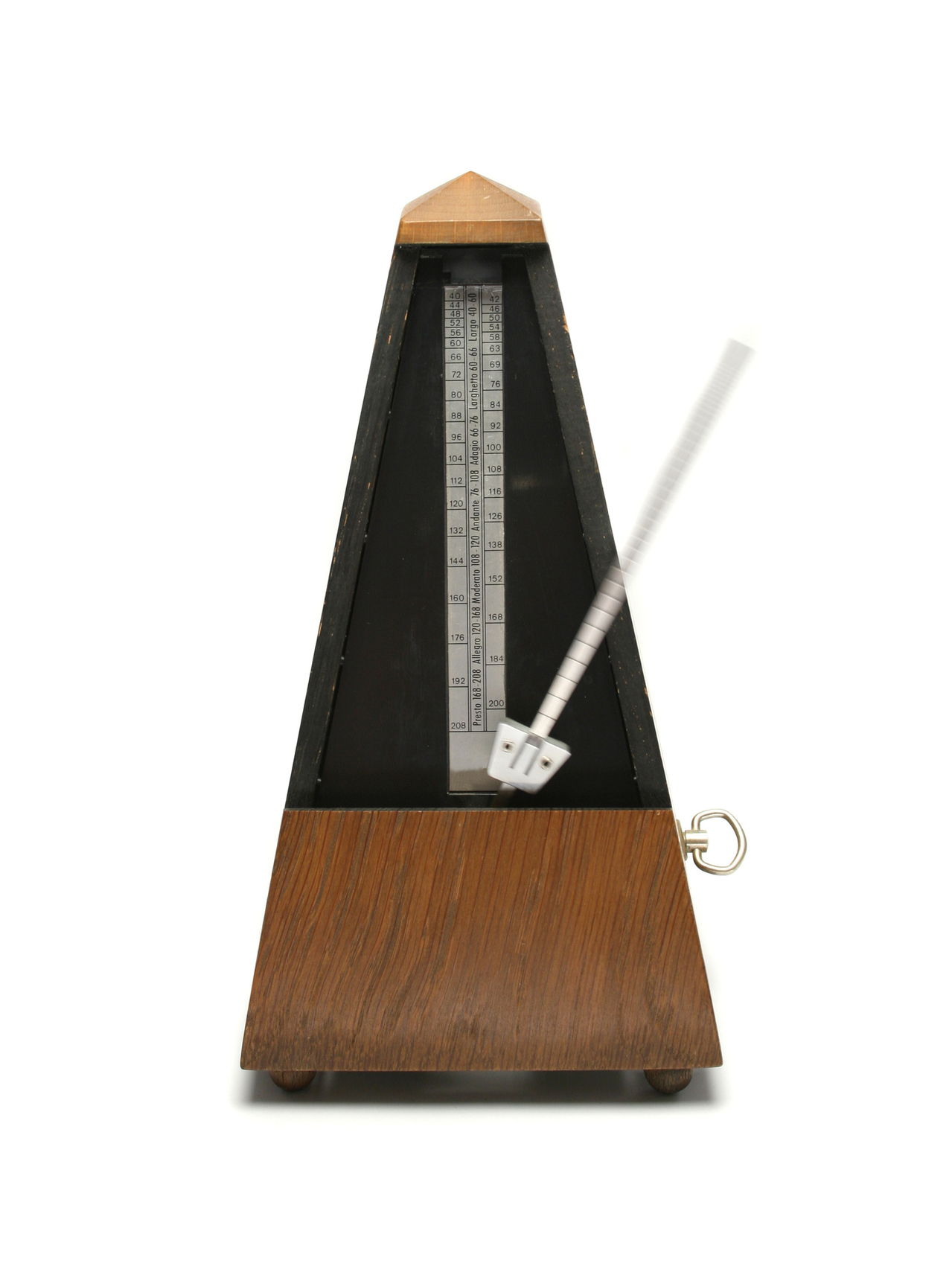This morning I gave an Alexander Technique lesson to one of my most dedicated students, a professional guitarist who’s been taking weekly lessons from me for over a year and a half. During his lesson I was reminded of one of the ultimate benefits of long term study of the Technique: You cultivate the skill and confidence necessary to solve your own problems.
You do so by learning to analyze the needs of a particular musical task, discerning what you’re actually doing (as opposed to what you believe you’re doing), and deciding if what you’re doing is best for the task, or not.
Then you’re modifying your thinking, reorganizing your efforts in such a way so that what you’re doing gives you the best chance of success in achieving your goal. This more often than not primarily involves subtracting the habitual (unconscious) patterns of tension that interfere with your natural coordination. It rarely (if ever) involves adding something to what you already do.
When you learn to work this way, all the inconsistencies of practicing and performing music become less mysterious, less daunting. As my student said this morning:
“If something is not going well as I play (that normally goes well), I stop and think about what in my thinking has changed to make the outcome of my playing change. Before, I used to get discouraged, believing that things just go bad for no particular reason. Now I realize that if things aren’t going well, it’s because the conditions in myself that encourage things to go well have changed. And I trace that right back to my thinking. I improve the conditions by changing my thinking, then things go back to running smoothly. I don’t go back into panic mode anymore. All I have to do is to remind myself to stay in touch with my reasoning.”
I love that last sentence, especially his words, stay in touch with my reasoning.
F.M. Alexander (the founder of the Alexander Technique), in his book Man’s Supreme Inheritance, wrote that when most people face the unknown in a fearful way, they become “absolutely out of communication with their reason.” When this is the case, he found, the chances become slim that they’ll be able to help themselves, as they are guided by unconscious habit and fear.
Much of what Alexander advocated in his work was staying in touch with the ability to reason, to discern, to make true choices (based upon what can be discerned, and what is possible), not to be exclusively guided by habit. He talked a lot about being able to “step into the unknown”, not only as a way to learn to change your habits, but also, as a way to continuously grow and develop as a conscious human being.
The really great thing about the Alexander Technique is that it is just that: a practical technique that teaches you how to reliably change and improve what you do.
When my student started with me, his thinking was all over the place. He’d tried numerous things to solve some of his technical challenges as a guitarist, most often with inconsistent (or worse) results.
As he put it, “I was always looking for the magic bullet, that one thing that was going to make everything work perfectly. Maybe it was a new hand position, or maybe it was some new form of concentrating on one part of myself, like my fingers. But what I’ve come to know is that there is no magic bullet. As I bring too much attention to one thing, something else always suffers.”
So what has he learned by taking Alexander Technique lessons with me? He’s learned how to notice his habits in relation to the natural coordination that is already established within himself.
In the lessons (through hands on guidance, visual demonstration and verbal explanation) he’s learned how to discern and judge what this natural coordination is. He’s been able to create a set of criteria to act as a sort of lens as he observes himself. When things go wrong, it always comes back to the fact that he’s doing something he needs to stop doing. (Yes, stop doing.)
And most important, he’s learned a reliable way to say no to these habits of tension that interfere with his optimum performance.
This doesn’t mean that everything’s perfect. In the realm of human experience (and especially with musicians and other artists), nothing is perfect. But, it has given him a reliable way to improve. It’s taken him out of the guessing, the trial and error, the frustration, the mystery. It’s put him back in touch with his reason. And that has helped him improve considerably.
If you find yourself becoming frustrated, beguiled and stuck in your improvement, it might help you, too.

